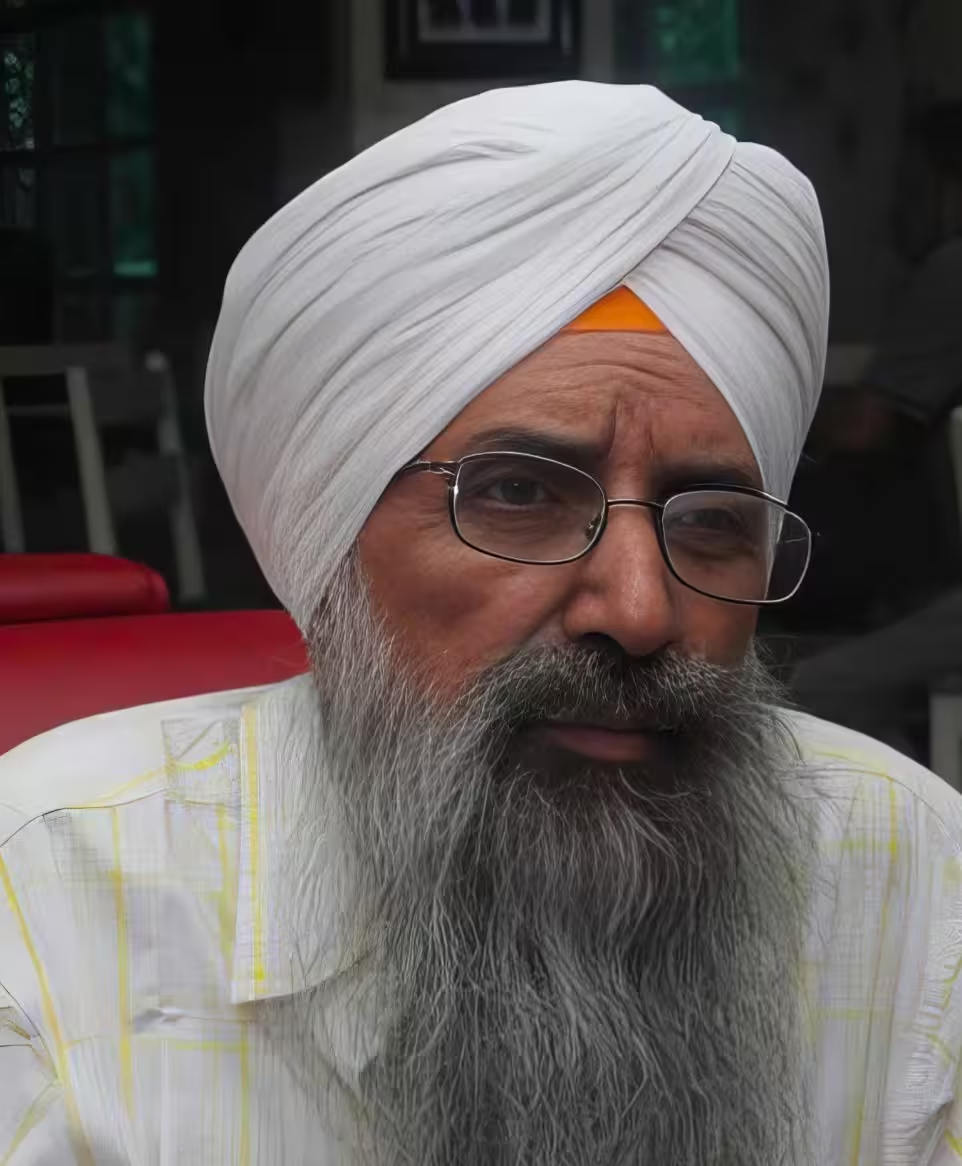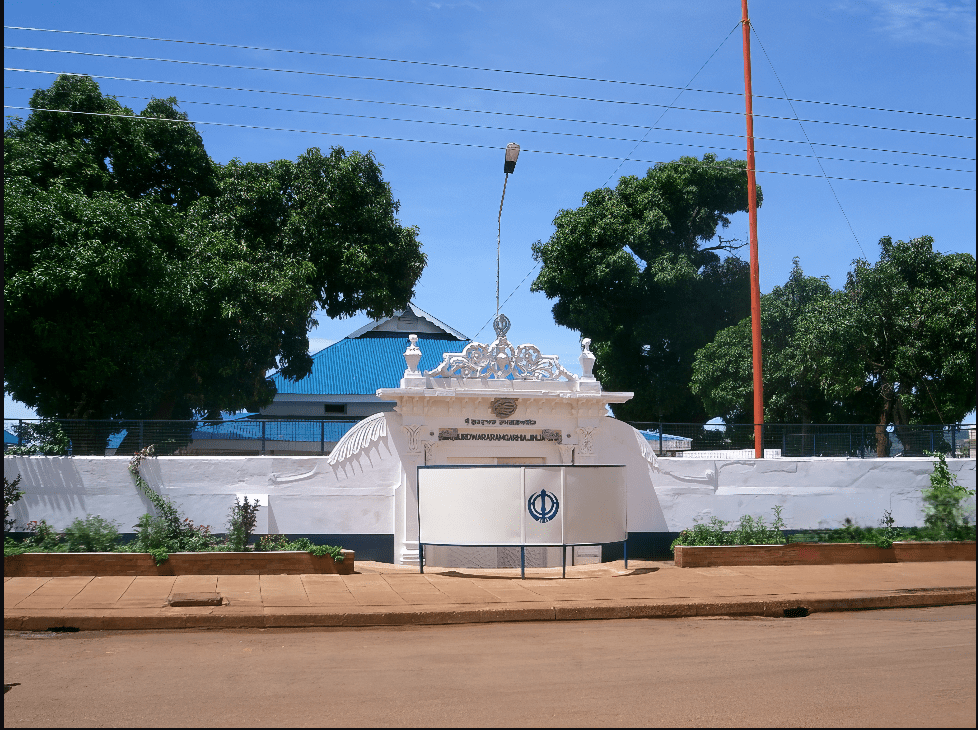Sikhs in Malaysia: A Tapestry of Courage, Faith, and Unyielding Spirit
Welcome to Global Sikhi Wiki, your comprehensive resource for exploring Sikh history, culture, and global communities. Today, we delve into the vibrant story of Sikhs in France—a tale that weaves together ancient military alliances, wartime heroism, modern immigration, and unyielding fights for religious freedom. With an estimated 30,000 Sikhs calling France home, primarily in the Paris region, this community embodies the Sikh principles of kirat karna (honest living), vand chakna (sharing), and seva (selfless service). From the sun-kissed Riviera to the bustling streets of Bobigny, Sikhs have left an indelible mark on French soil.
The Dawn of Arrival: Pioneers from Punjab to Penang
The story of Sikhs in Malaysia begins not with fanfare, but with quiet resolve. Officially, their entry is traced to 1873, when the British colonial administration, impressed by the valor of Punjabi Sikhs in suppressing the Indian Rebellion of 1857, recruited them as watchmen and policemen. These singhs—lions in name and spirit—were tasked with guarding the lucrative tin mines of Perak and maintaining order in the bustling ports of Penang and Singapore. But whispers of earlier arrivals persist: Sikh traders and soldiers may have touched these shores as far back as the 18th century, drawn by spice routes that echoed the Guru’s call to vishav de vich reh ke apna rang naaliye—live in the world without losing your color.
Maharaja Ranjit Singh was the founder and first ruler of the Sikh Empire, which controlled the northwest Indian subcontinent in the first half of the 19th century. Often called “Sher-e-Punjab” (Lion of Punjab), he is remembered for uniting the warring Sikh factions (misls) and creating a formidable, secular empire during a time when the British East India Company was expanding its influence.
- A young warrior: Born in 1780 in present-day Pakistan, Ranjit Singh lost sight in one eye to smallpox as a child. At age 12, he became the leader of his misl, or clan, after his father died.
- Conquests: In 1799, he seized control of Lahore, the capital of Punjab, from Afghan invaders. In 1801, at age 20, he declared himself the Maharaja of Punjab. He went on to expand his empire significantly, annexing Multan in 1818 and Kashmir in 1819, successfully pushing back the long-dominant Afghan forces.
- The Koh-i-Noor diamond: Ranjit Singh famously acquired the prized Koh-i-Noor diamond from the deposed Afghan ruler, Shah Shuja Durrani, in 1813.
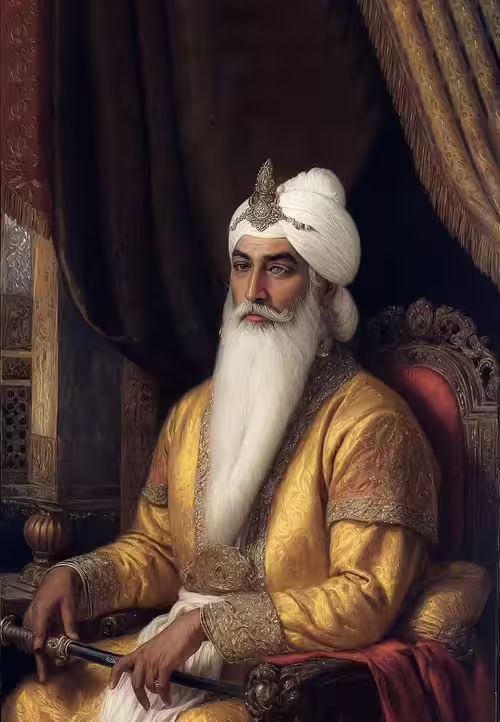
Sher-E-Punjab
Fast-forward to the 20th century, and Sikhs arrived en masse as soldiers in the British Indian Army during World War I. Over 1.5 million Indians fought for the Allies, with Sikhs prominently featuring in brutal battles like the Somme in 1916, where they served as dispatch riders and infantrymen amid the mud and mustard gas of northern France. Their valor continued in World War II, aiding the liberation of France and its colonies, a sacrifice often invoked in debates over religious freedoms today.
Post-independence, Sikh migration to France surged in the 1980s and 1990s, driven by economic opportunities and political unrest in Punjab. Many Punjabis settled in the Paris suburbs, working in construction, trucking, and small businesses. Today, the second generation is thriving, blending Sikh values with French life while navigating the challenges of a secular republic wary of overt religiosity—a legacy of the 1789 Revolution. sikhmuseum.org.uk
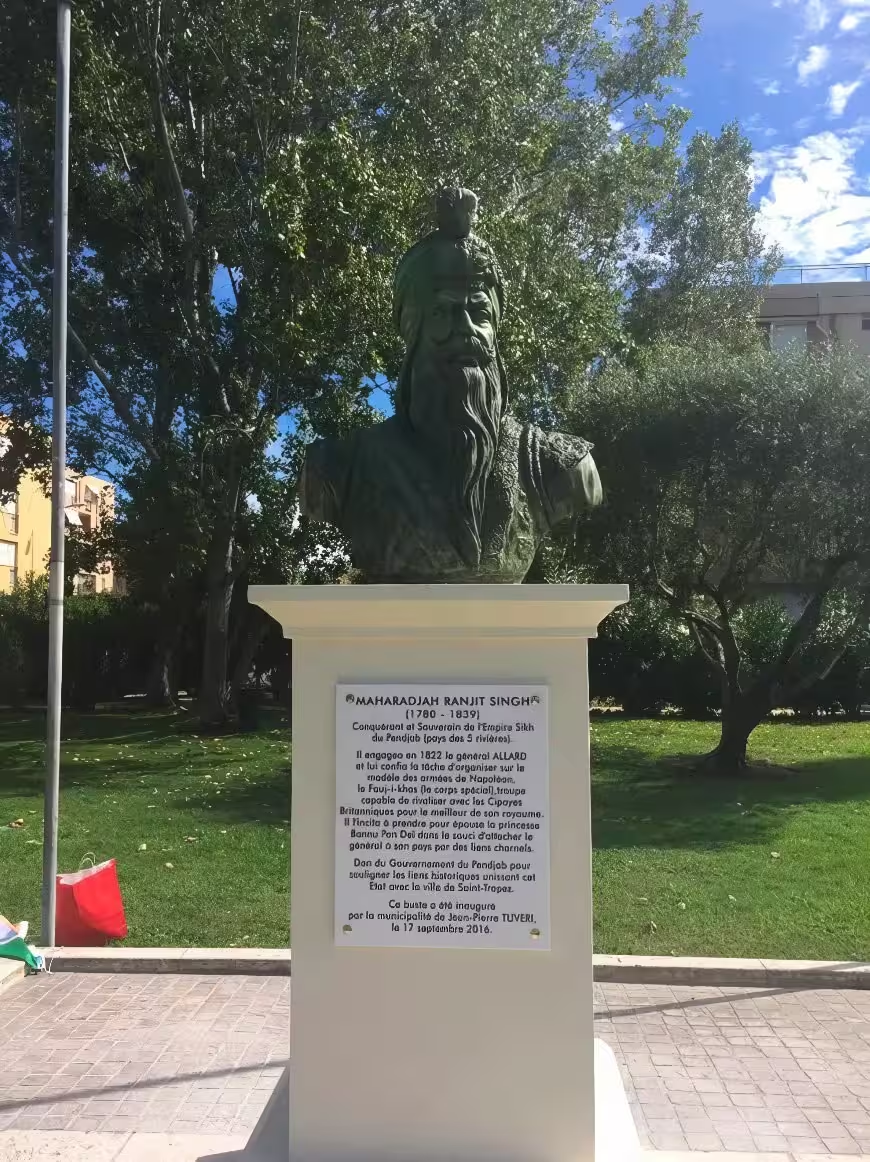
Waves of Migration
There have been several major waves that shaped the Sikh community in France:
1980s: The first significant arrivals were migrants seeking better economic opportunities. Some regularised their residency in 1981-82. mediaindia.eu
Post-1984: After the events in India — particularly the assault on the Golden Temple and the subsequent anti-Sikh violence — a number of Sikhs sought refuge abroad, including in France. Some were granted political refugee status. Media India Group
1990s onward: More migration continued, often for economic reasons (work, family reunification). The community numbers slowly increased. Media India Group+1
Today estimates place the Sikh population in France at around 30,000 people. Most Sikhs in France are concentrated in Paris, Seine-Saint-Denis (Bobigny, La Courneuve, Bondy, etc.) and surrounding suburbs. wikipedia.org
The Turban Struggle: A Symbol of Identity Under Siege
No chapter in the Sikh story in France is more poignant than the battle for the dastar (turban), a sacred article of faith symbolizing dignity, spirituality, and uncut hair (kesh). France’s strict laïcité (secularism) policy, enshrined in a 2004 law banning “conspicuous” religious symbols in public schools, struck at the heart of Sikh identity. The law targeted not just turbans but hijabs and large crosses, leading to the expulsion of at least five Sikh schoolboys in 2004 for refusing to remove theirs—one was even denied admission altogether.
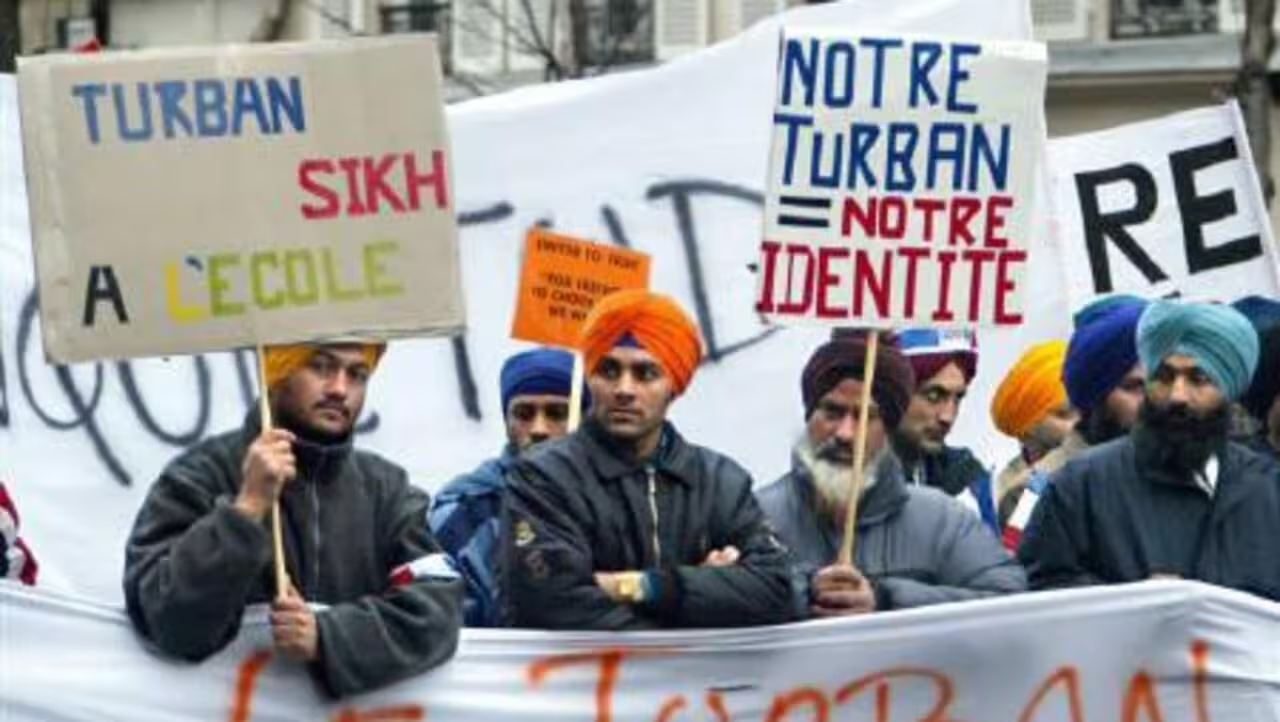
The fallout was swift and far-reaching. Protests erupted in Paris, with turbaned youth chanting “Notre Turban = Notre Identité” (Our Turban = Our Identity). Legal challenges climbed to the European Court of Human Rights, which in 2009 upheld the ban as a “proportionate” measure to protect secularism, dismissing Sikh appeals. Beyond schools, Sikhs faced hurdles in official ID photos, where turbans were deemed incompatible with “neutrality”—a stance the UN Human Rights Committee criticized in 2012 as a violation of religious freedom.
Veteran activist Ranjit Singh, now 82, became a beacon in this fight, enduring a decade-long court battle against turban removal for documents. His 2018 reflections highlight the emotional toll: “I fought to keep my identity intact.” Even in 2017, a British Sikh student was barred from a work placement in France due to his turban. Yet, resilience prevails—turbans remain legal in workplaces, public spaces, and universities, and community advocacy has softened some edges, like allowances for sports under certain conditions.
This struggle underscores a broader Sikh ethos: turning adversity into advocacy, much like Guru Nanak’s teachings on equality amid oppression. mediaindia.eu
In 2012, the UN Human Rights Committee concluded that France had violated Ranjit Singh’s religious freedom by requiring him to appear in his ID photograph without a turban. French authorities withheld his residence card after he refused to provide a photo without his turban.
Following this, he was was left with no option but to fight against French orders. Now, he has finally returned to India,”. Ranjit alleged that the French government had been violating the religious freedom of Sikhs by asking them to get photographed for identity cards and other government documents after removing their turbans. But he didn’t sit quiet and took up the issue with the UN, which backed Ranjit’s stand and blamed France for violating religious freedom of Sikhs.
Recent challenges continue to highlight the issue. For instance, in May 2024, a journalist challenged the rule banning hijabs in French press card photos, citing the broader issue of secularism laws affecting religious communities. Sikh organizations have continued to advocate against the ban on behalf of the community.
Significant Events & Struggles for Turban
- 2004 Religious Symbols Law: The law banning visible religious symbols in state schools led to protests, legal challenges, and international attention. The Sikh community was directly affected because of the turban. minorityrights.org.
- Turban / Dastaar Cases: There have been specific individual cases of students being expelled, or denied entry to classes, because they refused to remove their turban. Some have gone to administrative courts. sikh24.com
- Memorialization of Sikh soldiers: The community has worked to ensure that the contributions of Sikh soldiers in WWI are not forgotten. At Bobigny’s gurdwara, for example, a plaque was inaugurated in memory of Sikh soldiers who died during the Great War.
Heroes of the French Sikh Diaspora
Amid these challenges, French Sikhs have produced trailblazers who honor their heritage while embracing civic life. Chief among them is Ranjit Singh Goraya, the first Sikh deputy mayor in France. Elected in Bobigny in 2020, this Paris native from a Rajput family champions integration, education, and anti-discrimination efforts. His turban-clad presence in town hall symbolizes hard-won acceptance.
France’s ban on religious symbols, including the Sikh turban, primarily applies to public schools and certain state employees in uniformed or teaching positions, not to all elected officials.
Ranjit Singh’s case is different: as Deputy Mayor, he is an elected representative, not a civil servant bound by the same dress code rules. Elected officials in France are free to express their personal identity and beliefs, as long as they uphold the principles of the Republic in their official capacity.
So, the French government did not make a legal exception for him — rather, the existing laws do not prohibit elected politicians from wearing religious attire. His election, therefore, fits fully within French law while symbolizing a rare blend of civic duty and cultural pride.

Ranjit Singh Goraya
Ranjit Singh is the first Sikh person to hold the position of deputy mayor in France. He was elected from Bobigny town of France in 2020. This accomplishment came shortly after Anmol Kaur Narang made the community proud by being the first Sikh girl to graduate from West Point.
In Normandy’s Condé-Sur-Vire, Vivek Singh made history in 2025 as the town’s first Sikh municipal commissioner—the only turbaned figure in a sea of French locals. As a community organizer, he bridges cultures through seva projects like food drives and cultural exchanges.
He is son son of former Army chief General J J Singh. Vivek Singh, who got married to a French citizen in 1998 and has been settled abroad for years, was elected to the municipal council in the town of Condé-sur-Vire in March this year.
The French Ambassador to India said this is the first time a Sikh has been elected to such a position. “In March, former Army chief Gen J J Singh’s son became the first Sikh in France to be elected to a municipal council”. indianexpress.com
Historically, General Allard stands as a proto-hero, his exploits immortalized in Riviera lore. Modern representatives like Ranjit G. Singh, of the Sikh Council of France, continue this legacy, fostering ties with officials—such as joint events with Saint-Tropez’s deputy mayor—to celebrate Punjab-France bonds. These figures embody sarbatt da bhala (welfare of all), proving Sikhs as vital threads in France’s multicultural fabric. sikhsangat.org
Sacred Spaces: Gurdwaras as Beacons of Community
France’s gurdwaras are more than places of worship—they’re hubs of langar (communal kitchen), education, and solidarity. With about five major ones clustered around Paris, they serve as lifelines for the diaspora. The largest, Gurdwara Singh Sabha in Bobigny (16-18 Rue de la Ferme), is a golden-domed marvel hosting Vaisakhi processions that draw thousands in vibrant orange and blue. Founded in the 1980s, it offers daily kirtan and youth programs.
Gurdwara Singh Sabha in Bobigny, France
The Sikh community in France, primarily residing in the greater Paris metropolitan area, founded the original Gurdwara Singh Sabha in 1986. For over 20 years, the congregation worshipped in two converted houses that became too small for the growing community. To accommodate more worshippers, plans for a larger, purpose-built structure began in the 2000s. The construction of the current, larger gurdwara in Bobigny was completed in 2011.
Nearby, Gurdwara Guru Teg Bahadur Sahib in Bondy commemorates the ninth Guru’s martyrdom, emphasizing sacrifice. Gurdwara Sahib in Le Bourget provides serene prayer halls, while Gurdwara Sant Baba Prem Singh Ji in Saint-Denis focuses on spiritual retreats. Further out, Gurdwara Baba Makhan Shah Lubana in Conflans-Sainte-Honorine honors the merchant who verified Guru Tegh Bahadur as the true successor.
Gurdwara Guru Teg Bahadur Sahib in Bondy, France
A small number of Sikh soldiers who fought with the French army during World War I chose to settle in France, forming early communities in cities like Paris. The growing Sikh population, centered in the northern Paris suburbs of Seine-Saint-Denis (including Bondy), established gurdwaras as centers for worship, community gathering, and the promotion of Punjabi culture.
The community has faced unique challenges, such as the 2004 French law that banned religious symbols in public schools. This led to local Sikhs establishing their own private educational facilities, like the Shere Punjab complex in Paris.
Gurdwara Guru Teg Bahadur Sahib is a Sikh house of worship located in Bondy, a northeastern suburb of Paris, France. It is one of several gurdwaras serving the Sikh population in and around the Paris metropolitan area.
These spaces opened their doors during crises, like the 2015 Paris attacks, offering shelter via #PorteOuverte.
In November 2015, Rohan Singh Kalsi’s tweet offering shelter at any Paris gurudwara (Sikh temple) to those affected by the terrorist attacks went viral using the #PorteOuverte (Open Door) hashtag. This powerful message of solidarity was amplified by many, including Gurdwaras in Paris that opened their doors to the public for food and shelter. The tweet highlighted the humanitarian work of the Sikh community during the crisis. indianexpress.com
Visiting one feels like stepping into Punjab: the aroma of dal, echoes of shabads, and the Nishan Sahib fluttering proudly.
| Gurdwara Name | Location | Key Features |
|---|---|---|
| Gurdwara Singh Sabha | Bobigny, Paris | Largest in France; Vaisakhi hub; langar for 1,000+ |
| Gurdwara Guru Teg Bahadur Sahib | Bondy, Paris | Martyrdom commemorations; youth education |
| Gurdwara Sahib | Le Bourget, Paris | Daily kirtan; family-friendly |
| Gurdwara Sant Baba Prem Singh Ji | Saint-Denis, Paris | Spiritual retreats; meditation focus |
| Gurdwara Baba Makhan Shah Lubana | Conflans-Sainte-Honorine | Historical tributes; community events |
Present Day: Life, Identity, and Looking Forward
The Sikh community in France today is growing, well organized, and navigating its identity in a secular republic. Some current features and considerations.
- Demographics & Professions : Many Sikhs in France work in small businesses, retail, construction (BTP), restaurant trade, and also professional / liberal sectors. Community leadership is increasingly educated and active in civic affairs.
- Youth and Cultural Transmission: Passing on Punjabi language, Sikh teachings, practices (like keeping uncut hair, wearing the turban, kirpan etc.), and community values is a priority. Gurdwaras and institutions help with Punjabi classes, kirtan, youth groups, Gatka etc.
- Legal / Political Advocacy: The community continues to engage with French institutions to seek accommodation for Sikh identity (turban in photos, rights in schools etc.). Figures like Ranjit Singh Goraya (Deputy Mayor) serve as role models and help draw attention to issues
- Visibility & Recognition: Through memorials, statues, exhibitions, the community strives to make its contributions visible to the wider French public. This helps with awareness as well as pushing back against stereotypes. sikhsindia.blogspot.com
What’s at Stake & Future Challenges
The law of secularism is deeply rooted in French constitutional culture; changes tend to be slow and contested. Sikhs must constantly negotiate rights, often face legal ambiguity (e.g. what counts as “ostentatious” religious symbol).
Issues of identity for second-generation Sikhs: balancing being French citizens, integrating socially, while retaining Sikh identity (language, practices).
Bureaucratic obstacles: photo IDs, legal recognitions, religious accommodations in schools and workplaces.
Stereotypes and discrimination: As with many minority communities, misconceptions exist about what it means to be Sikh, about turbans, about identity. Visibility helps but also sometimes brings backlash.
-
Sikhs in Finland
Sikhs in Finland: Migration, Turban Rights, Gurdwaras Welcome to Global Sikhi Wiki, your comprehensive resource for exploring Sikh history, culture, and global communities. Today, we delve into the vibrant story
Published by Pritam -
Sikhs in Israel
Sikhs in Israel: A Hidden Chapter of Global Sikh History Welcome to Global Sikhi Wiki, your comprehensive resource for exploring Sikh history, culture, and global communities. Today, we delve into
Published by Pritam -
Sikhs in Chile
Sikhs in Chile: A Small but Vibrant Community in South America Welcome to Global Sikhi Wiki, your comprehensive resource for exploring Sikh history, culture, and global communities. Today, we delve
Published by Pritam -
Sikhs in Bermuda
Sikhs in Bermuda: A British Overseas Territory Welcome to Global Sikhi Wiki, your comprehensive resource for exploring Sikh history, culture, and global communities. Today, we delve into the vibrant story
Published by Pritam -
Sikhs in Belize
Sikhs in Belize — a small but significant thread in the Caribbean Welcome to Global Sikhi Wiki, your comprehensive resource for exploring Sikh history, culture, and global communities. Today, we
Published by Pritam -
Why a New York Street Honors a Sikh Guru
Why a New York Street Honors a Sikh Guru-Guru Teg Bahadur Ji Marg Way A Historic Honor in New York Welcome to Global Sikhi Wiki, your comprehensive resource for exploring
Published by Pritam -
Sikhs in Malaysia – From Struggle to Strength
Sikhs in Malaysia: A Tapestry of Courage, Faith, and Unyielding Spirit Welcome to Global Sikhi Wiki, your comprehensive resource for exploring Sikh history, culture, and global communities. Today, we delve
Published by Pritam -
Sikhs in France
Sikhs in Malaysia: A Tapestry of Courage, Faith, and Unyielding Spirit Welcome to Global Sikhi Wiki, your comprehensive resource for exploring Sikh history, culture, and global communities. Today, we delve
Published by Pritam -
Sikhs in Fiji
Sikhs in Fiji: A Journey of Resilience and Contribution in Modern Oceania Welcome to Global Sikhi Wiki! In this blog post, we explore the vibrant history and enduring legacy of
Published by Pritam -
Sikhs in Germany
Sikhs in Germany – Building Faith and Community in Modern Europe Germany, the land of poets, philosophers, and thinkers, is home to one of the lesser-known yet deeply rooted Sikh
Published by Pritam -
Sikhs in Japan
Sikhs in Japan : Small Community, Big Stories Among all the countries I’ve studied, Japan is perhaps the first where I found no illegal Sikh immigration network — just a
Published by Pritam -
Sikhs in Argentina
Sikhs in Argentina: Bibiana Jasbe Singh Kaur Born in Argentina, Bibiana straddles two identities. Though her Sikh ancestors forbade beef, she acknowledges that at social events and in local culture,
Published by Pritam -
The Heartbreaking Journey of Harjit Kaur
The Heartbreaking Journey of Harjit Kaur In the dusty villages of Punjab, where the mustard fields sway like whispers of forgotten dreams under the relentless Indian sun, Harjit Kaur was
Published by Pritam -
Sikhs in Mexico
Sikhs in Mexico: Forgotten Journeys and Resilient Roots By [ Global Sikhi Wiki Team] | Published on GlobalSikhiWiki.com | September 23, 2025 IST It was the early 1900s. Ships left
Published by Pritam -
The Bitter Exodus of Sikhs from Afghanistan
The Bitter Exodus of Sikhs from Afghanistan Picture this: The sun rises over Kabul's ancient bazaars in the 1970s, where the air hums with the chatter of turbaned Sikh traders
Published by Pritam -
Decline of Sikhs in China
The Decline of Sikhs in China: A Multifaceted Historical Narrative The history of Sikhs in China is a poignant, often overlooked chapter in the global Sikh diaspora, marked by a
Published by Pritam -
Sikhs in Afghanistan
The Untold Story of Sikhs in Afghanistan - From Prosperity to Perseverance Imagine the bustling streets of Kabul in the 1970s—a vibrant mosaic of cultures where turbaned Sikh merchants haggled
Published by Pritam -
Sikhs in China
Sikhs in China: A Hidden Chapter of Sikh Heritage Hello, readers! Welcome to another intriguing exploration of Sikh heritage on GlobalSikhiWiki.com. Imagine a turbaned Sikh policeman patrolling the bustling streets
Published by Pritam -
Famous Sikhs in Singapore
Famous Sikhs in Singapore: Trailblazers of Faith, Resilience, and Legacy Hello, readers! Welcome to another captivating deep dive into the rich tapestry of Sikh heritage on GlobalSikhiWiki.com. Have you ever
Published by Pritam -
Sikh Gurdwaras in Singapore
Sikh Gurdwaras in Singapore: Epic Sanctuaries of Faith, and Hidden Legends! Hello, readers! Welcome to another deep dive into the electrifying world of Sikh heritage on GlobalSikhiWiki.com. Imagine this: a
Published by Pritam -
Sikhs in Singapore
The Vibrant Sikhs in Singapore : A Story of Resilience and Contribution Hello, readers! Welcome to another deep dive into the multicultural tapestry that makes Singapore such a fascinating place.
Published by Pritam -
Famous Sikhs in Italy
Famous Sikhs in Italy: Leaders, Entrepreneurs & Community Figures Primarily hailing from Punjab, India, Sikhs began migrating significantly in the 1980s, drawn to agricultural opportunities in northern and central regions
Published by Pritam -
Sikh Gurdwaras in Italy
The History of Sikh Gurdwaras in Italy: Pillars of Faith and Community The history of gurdwaras in Italy mirrors the broader narrative of Sikh migration. Sikhs first arrived in small
Published by Pritam -
Sikhs in Italy
Two Sikh soldiers using a Bren light machine gun in the World War II (Italian campaign) near Villa Grande (15 January 1944) Sikhs in Italy: A Journey of Faith, Hard
Published by Pritam -
Sikhs in Thailand
Sikhs in Thailand : History, Community, and Contributions The Sikh community in Thailand, though small in number, has left an indelible mark on the nation’s cultural, economic, and social landscape.
Published by Pritam -
First copy of Guru Granth Sahib in new Zealand
Phomen Singh was born in Punjab, India, and was brought up in the Moga district, in a village called Charik. Guru Granth Sahib was first brought over by Phomen Singh
Published by Pritam -
First Sikh Doctor in Yuba City
Dr. Gulzar Singh Johl (born June 28, 1923) was the first medical doctor of Sikh, Punjabi and South Asian heritage to practice medicine in the Yuba City area,California, USA. Dr.
Published by Pritam -
Potato King of USA
Baba Jawala Singh, known as the “Potato King” of California, was a co-founder of the Stockton Gurdwara and a senior leader of the Ghadar Party. Potato King of USA -
Published by Pritam -
Sikhs in New Zealand
https://youtu.be/YJI2iMsmwWI?si=-am9-EJDiFanA_KoHard working and honest Sikhs are working and helping the economies of many foreign countries and spreading goodwill among all people. #SikhcommunityGlobal Sikhs in New Zealand: A Vibrant Community’s Journey
Published by Pritam -
Sikhs in Guyana
https://youtu.be/RVkXM7EmUsk?si=mw_e4NGPc4UmfSje Sikhs in Guyana — A country of Rainforests Guyana, officially the Co‑operative Republic of Guyana, is a small country on the northern mainland of South America, bordered by Venezuela,
Published by Pritam -
Turbans and Tales
Turbans and Tales: Unraveling the Rich History and Cultural Significance of the Sikh Turban Dastar" or "Pagri" The Sikh turban, known as the Dastaar or Pagri, is far more than
Published by Pritam -
Sikhs in Australia
Sikhs in Australia The Sikh community in Australia, though relatively small compared to other religious groups, has woven a rich and vibrant thread into the nation’s multicultural fabric. With a
Published by Pritam -
Sikhs in USA
Sikhs in USA: Journey of Struggle, Spirit, and Success The United States of America is a melting pot of cultures, ethnicities, and identities. It's a land of unparalleled diversity, where
Published by Pritam -
Sikhs in Canada
Sikhs in Canada: A Historical and Cultural Journey 🧭 Introduction The story of Sikhs in Canada is not just a tale of migration, but a testament to resilience, identity, and
Published by Pritam -
Sikhs in UK
Sikhs in UK : A Historical and Cultural Overview 🧭 Introduction Sikhs in UK - The United Kingdom holds a special place in the Sikh diaspora's journey. It is home
Published by Pritam -
Sikhs in Tanzania
Sikhs in Tanzania 🧭 Introduction Tanzania (6000 Km from India ), nestled in East Africa, boasts a stunning landscape that includes Mount Kilimanjaro, the vast Serengeti plains, and the coastal
Published by Pritam -
Sikhs in Uganda
Sikhs in Uganda 🧭 Introduction Uganda ( 5,700 Km from India) is a landlocked country in East Africa, bordered by Kenya, South Sudan, the Democratic Republic of the Congo, Rwanda,
Published by Pritam -
Sikhs in Kenya
Sikhs in Kenya: Preserving Faith, Embracing Change About Kenya: A Land of Diversity and Opportunity Kenya,5016 Km from India, located in East Africa, is renowned for its stunning landscapes, vibrant
Published by Pritam
-
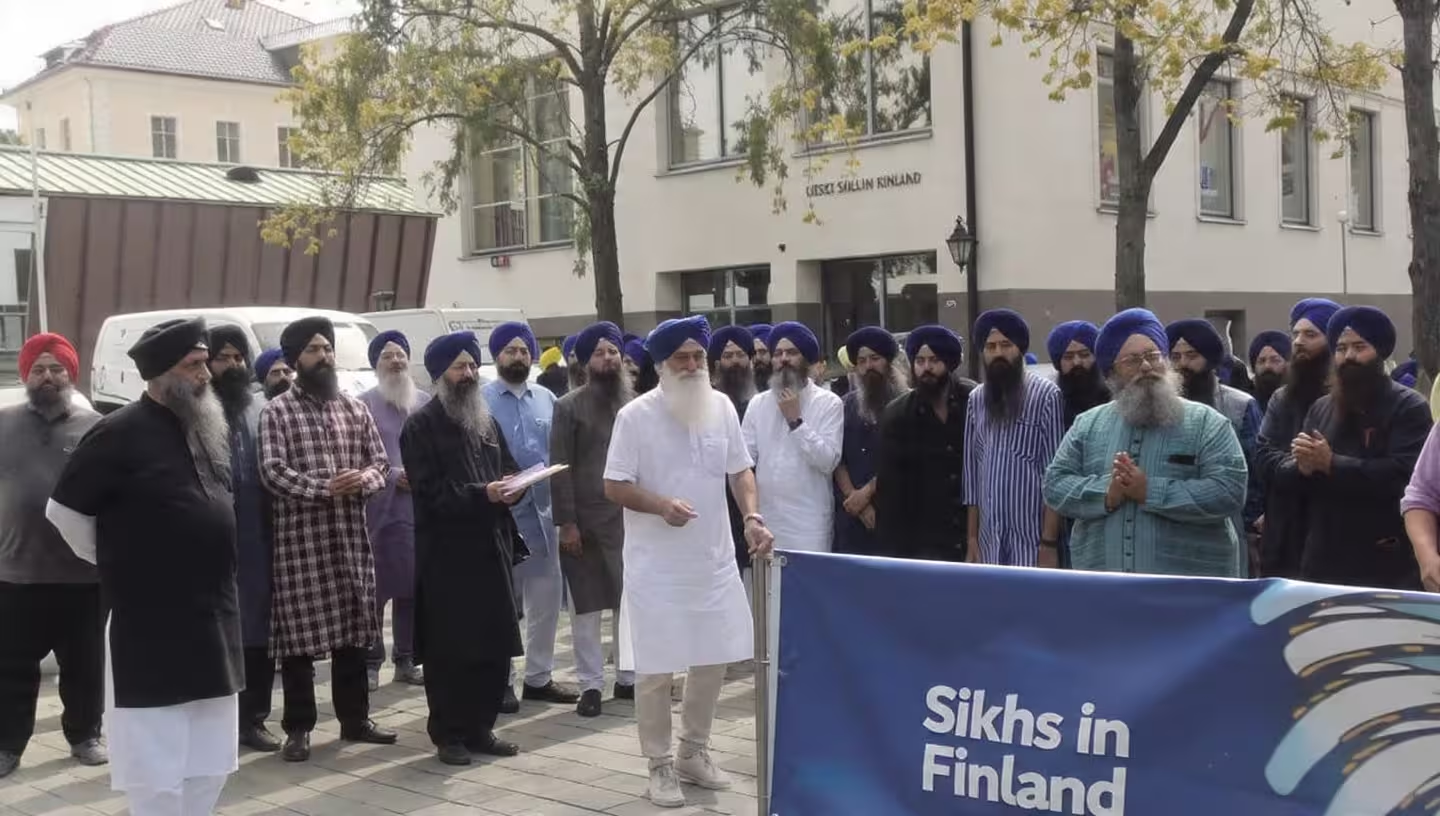 Sikhs in Finland
Sikhs in Finland
-
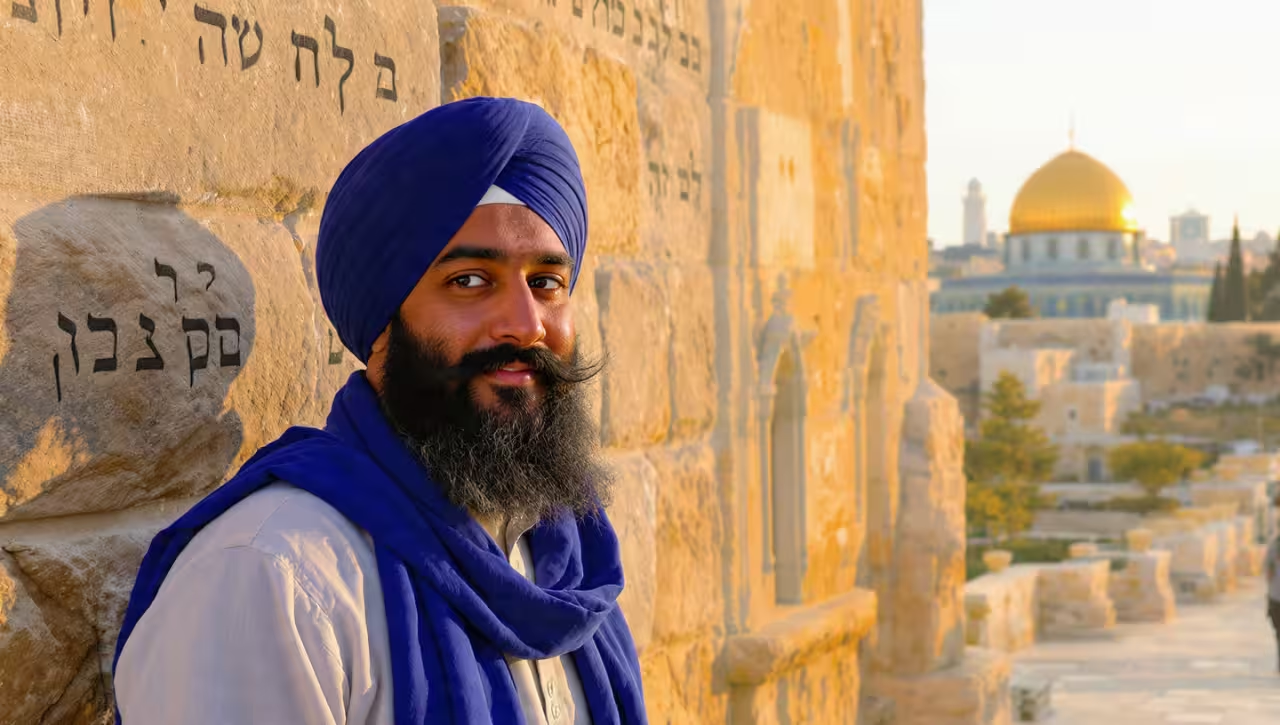 Sikhs in Israel
Sikhs in Israel
-
 Sikhs in Chile
Sikhs in Chile
-
 Sikhs in Bermuda
Sikhs in Bermuda
-
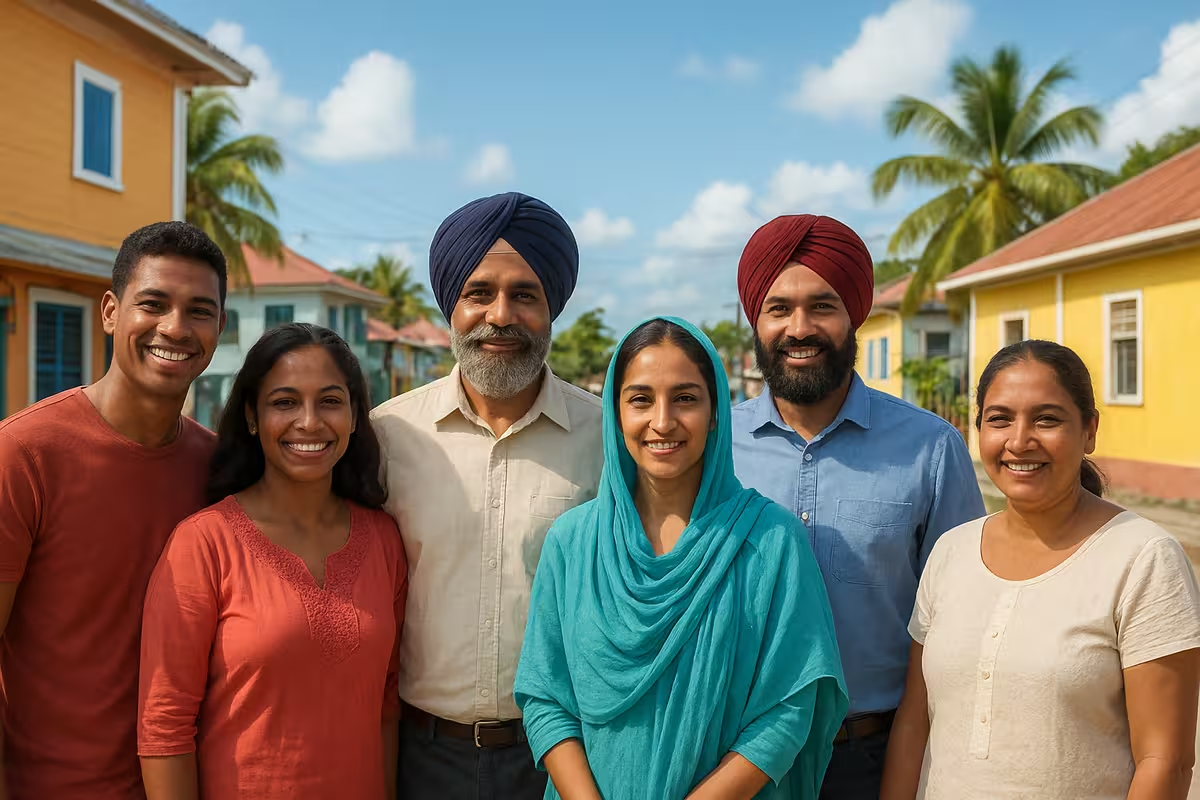 Sikhs in Belize
Sikhs in Belize
-
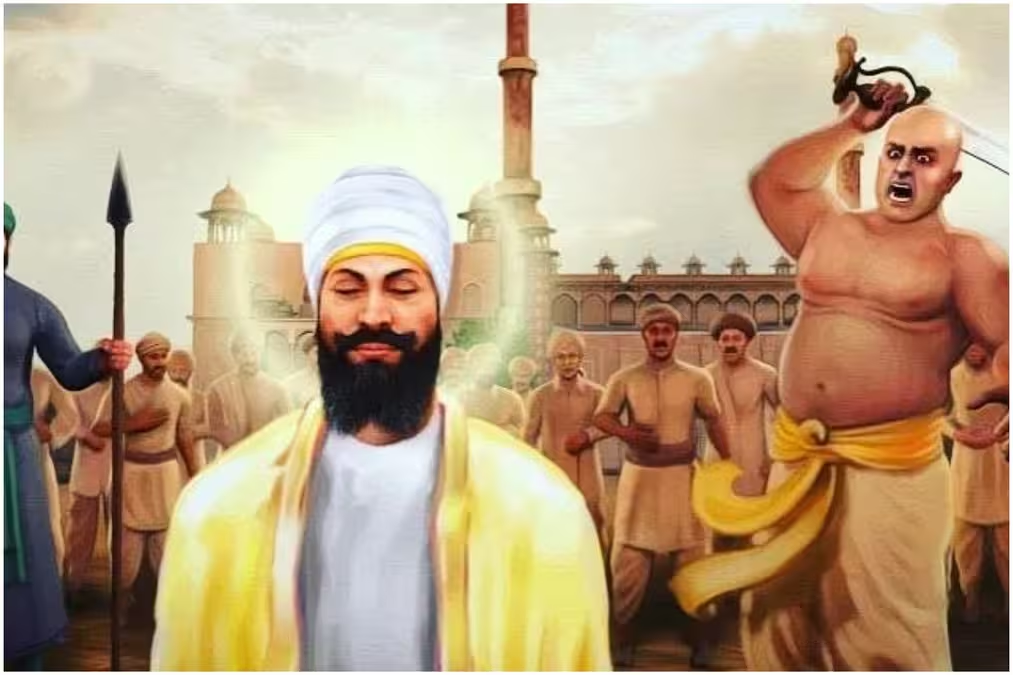 Why a New York Street Honors a Sikh Guru
Why a New York Street Honors a Sikh Guru
-
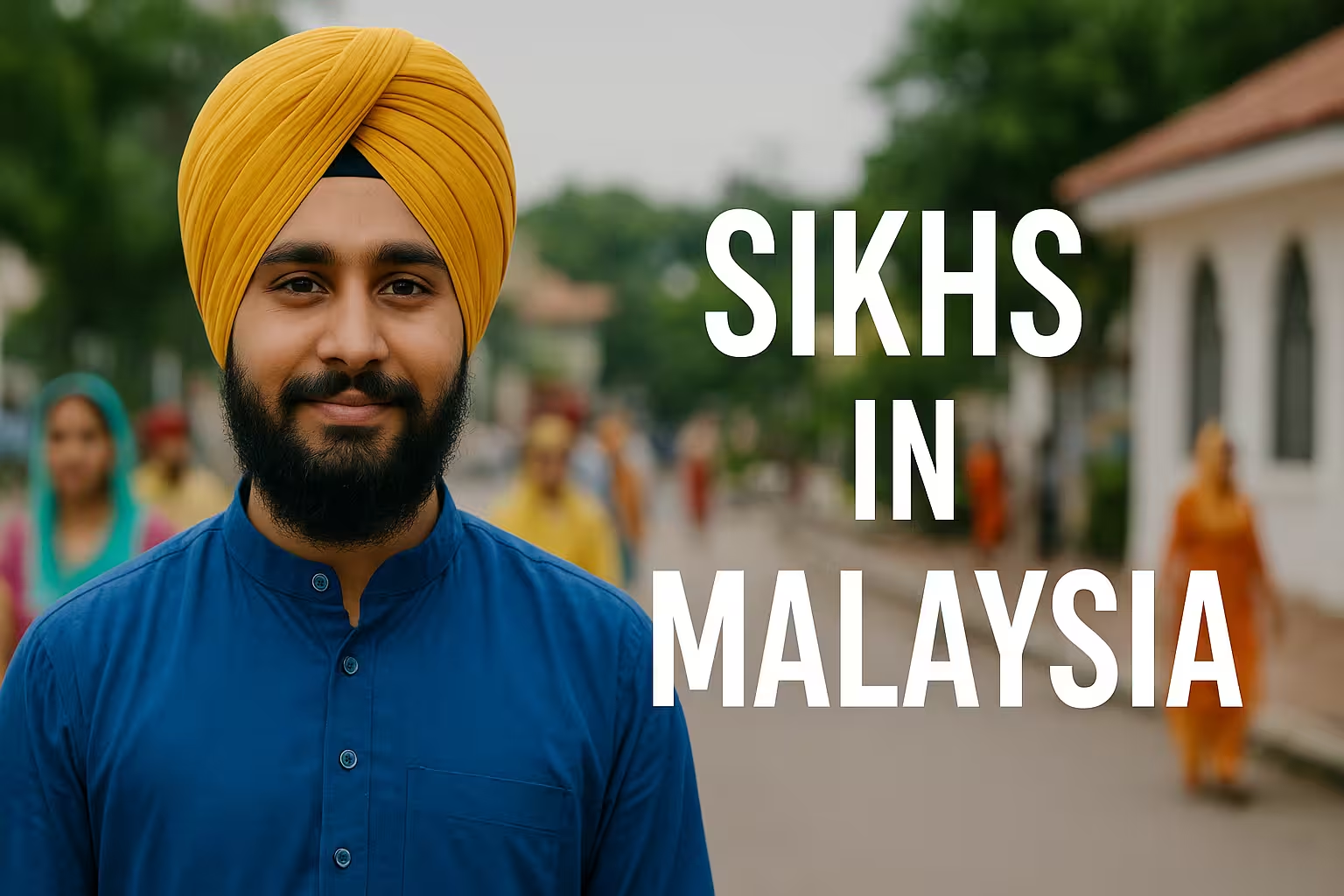 Sikhs in Malaysia – From Struggle to Strength
Sikhs in Malaysia – From Struggle to Strength
-
 Sikhs in France
Sikhs in France
-
 Sikhs in Fiji
Sikhs in Fiji
-
 Sikhs in Germany
Sikhs in Germany
-
 Sikhs in Japan
Sikhs in Japan
-
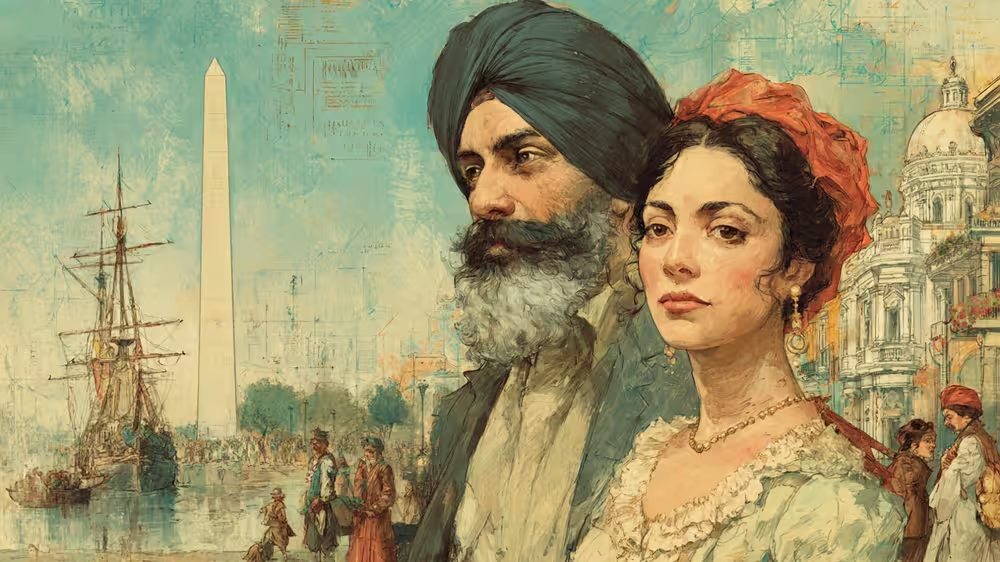 Sikhs in Argentina
Sikhs in Argentina
-
 The Heartbreaking Journey of Harjit Kaur
The Heartbreaking Journey of Harjit Kaur
-
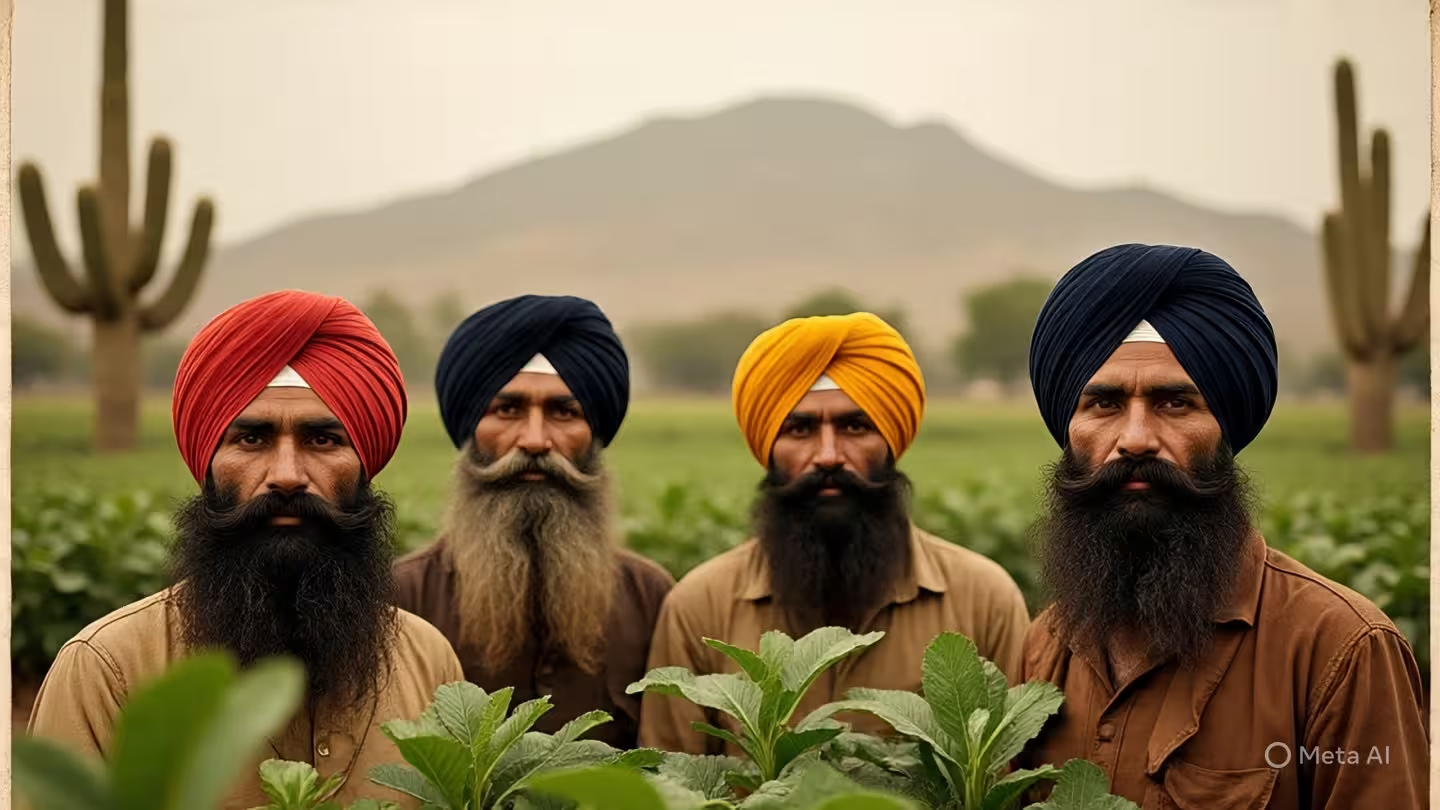 Sikhs in Mexico
Sikhs in Mexico
-
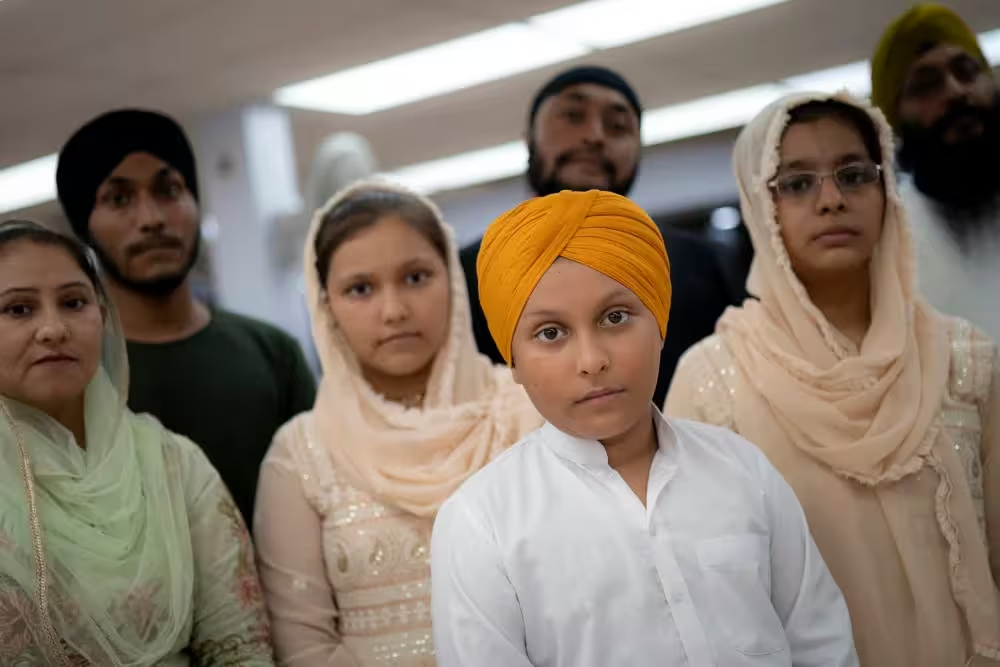 The Bitter Exodus of Sikhs from Afghanistan
The Bitter Exodus of Sikhs from Afghanistan
-
 Decline of Sikhs in China
Decline of Sikhs in China
-
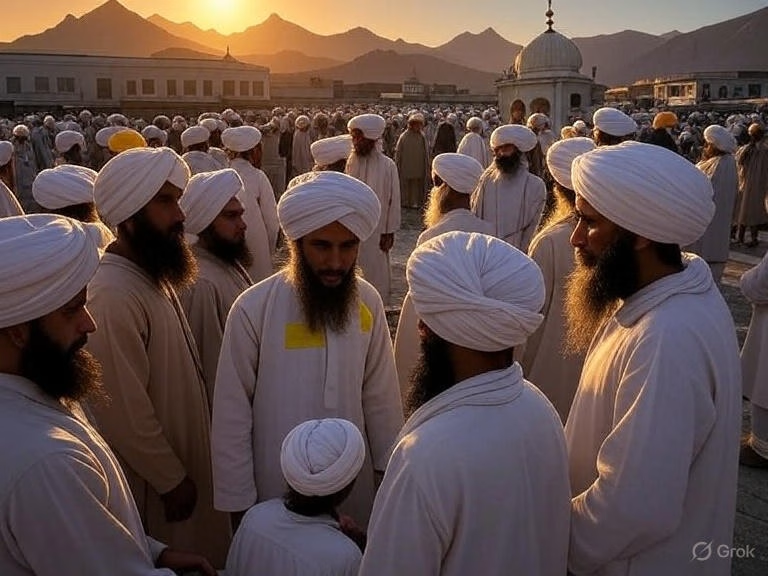 Sikhs in Afghanistan
Sikhs in Afghanistan
-
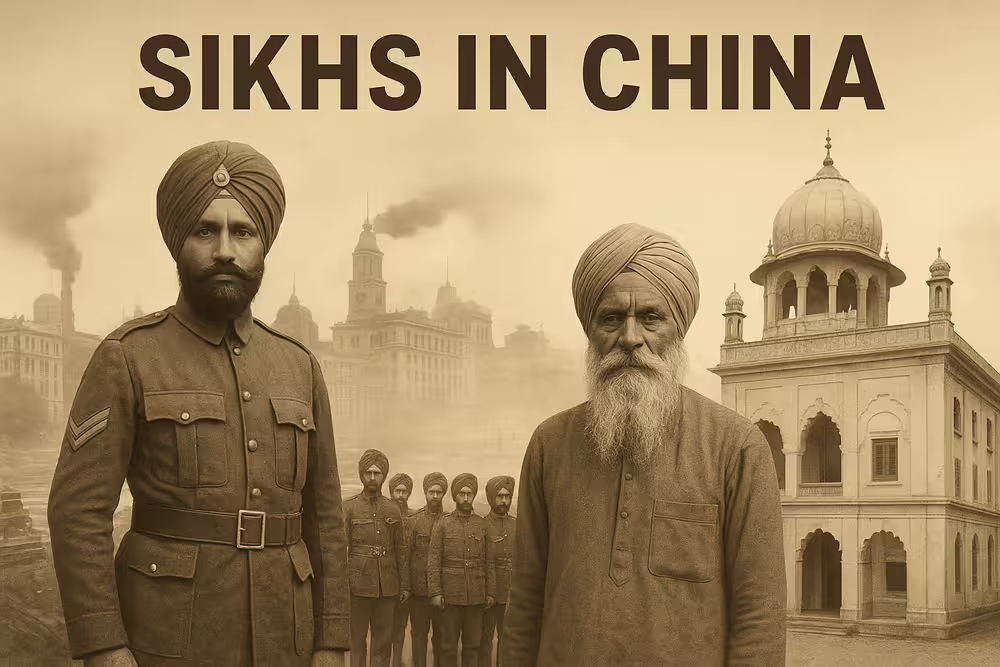 Sikhs in China
Sikhs in China
-
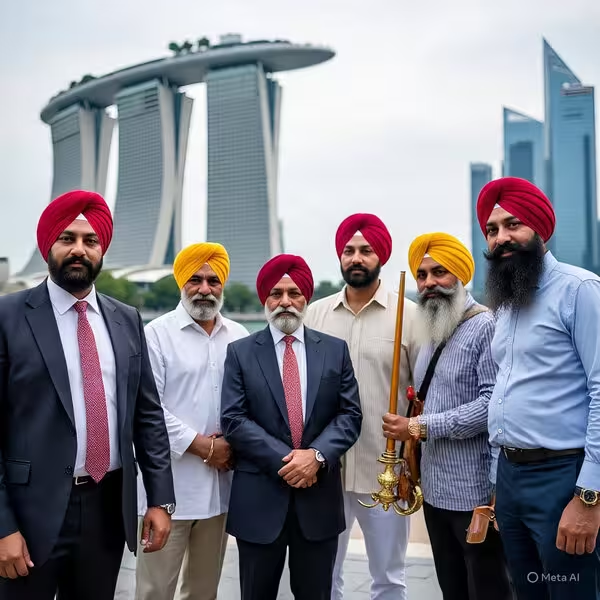 Famous Sikhs in Singapore
Famous Sikhs in Singapore
-
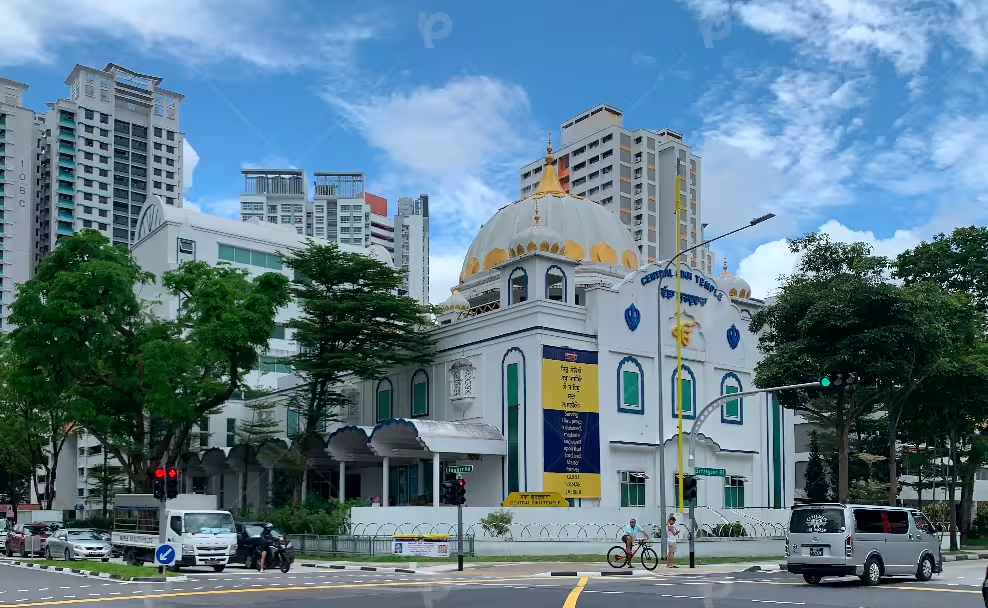 Sikh Gurdwaras in Singapore
Sikh Gurdwaras in Singapore
-
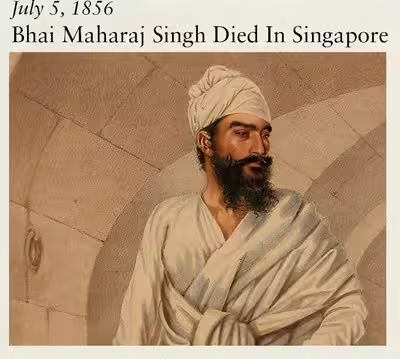 Sikhs in Singapore
Sikhs in Singapore
-
 Famous Sikhs in Italy
Famous Sikhs in Italy
-
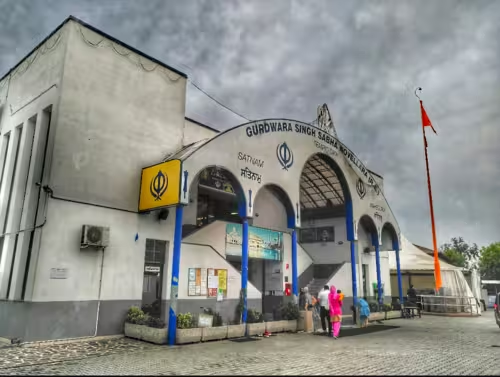 Sikh Gurdwaras in Italy
Sikh Gurdwaras in Italy
-
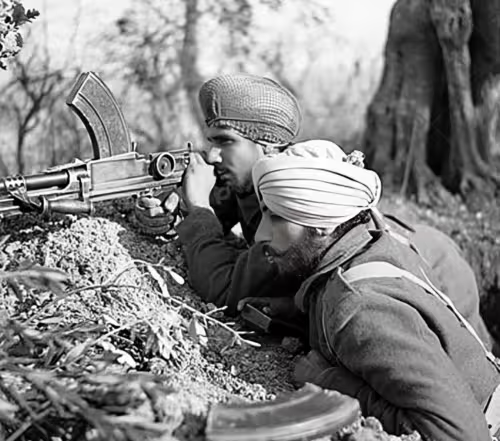 Sikhs in Italy
Sikhs in Italy
-
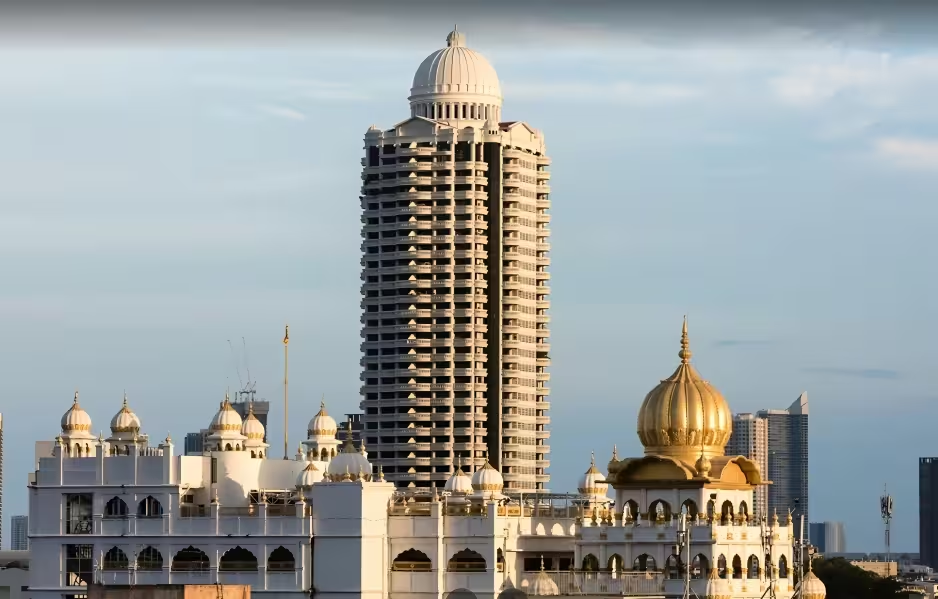 Sikhs in Thailand
Sikhs in Thailand
-
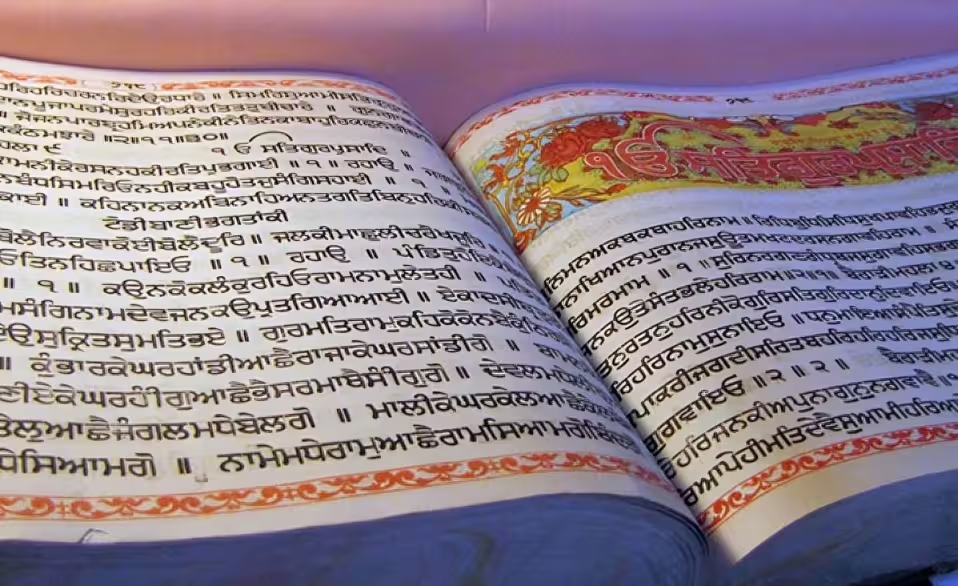 First copy of Guru Granth Sahib in new Zealand
First copy of Guru Granth Sahib in new Zealand
-
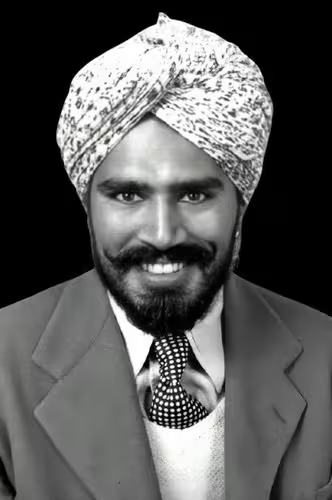 First Sikh Doctor in Yuba City
First Sikh Doctor in Yuba City
-
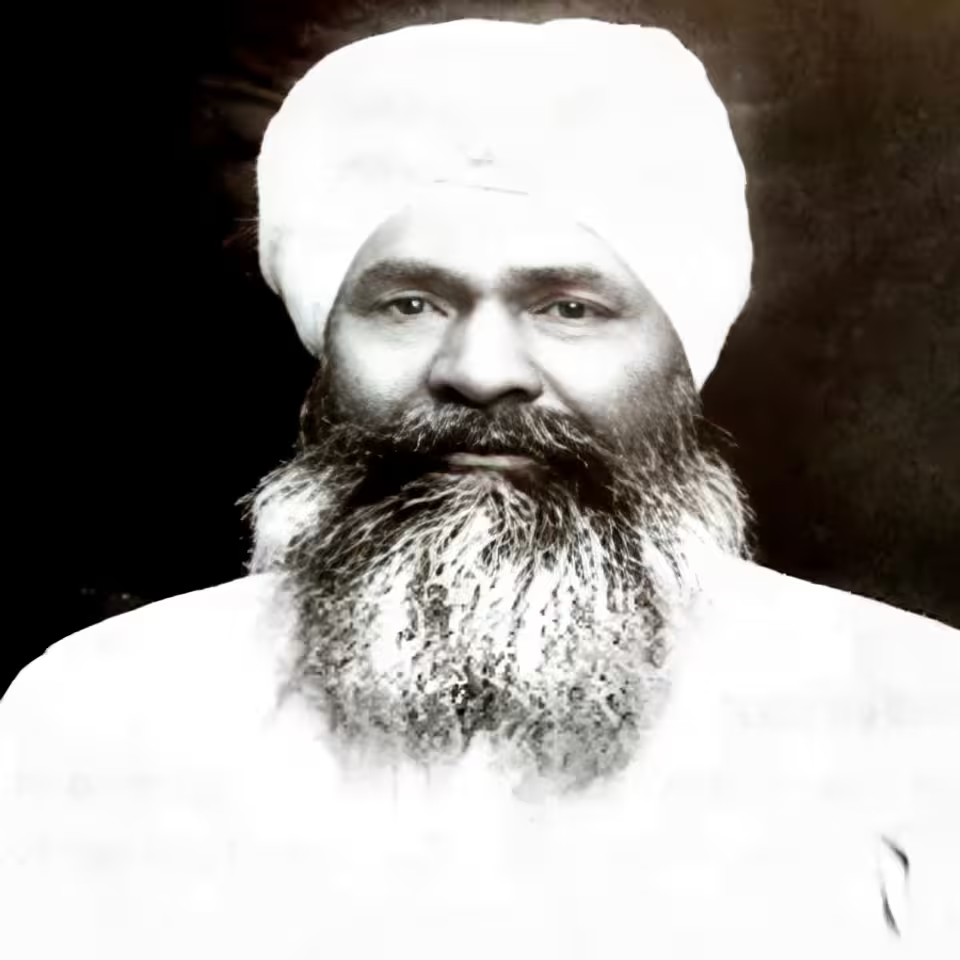 Potato King of USA
Potato King of USA
-
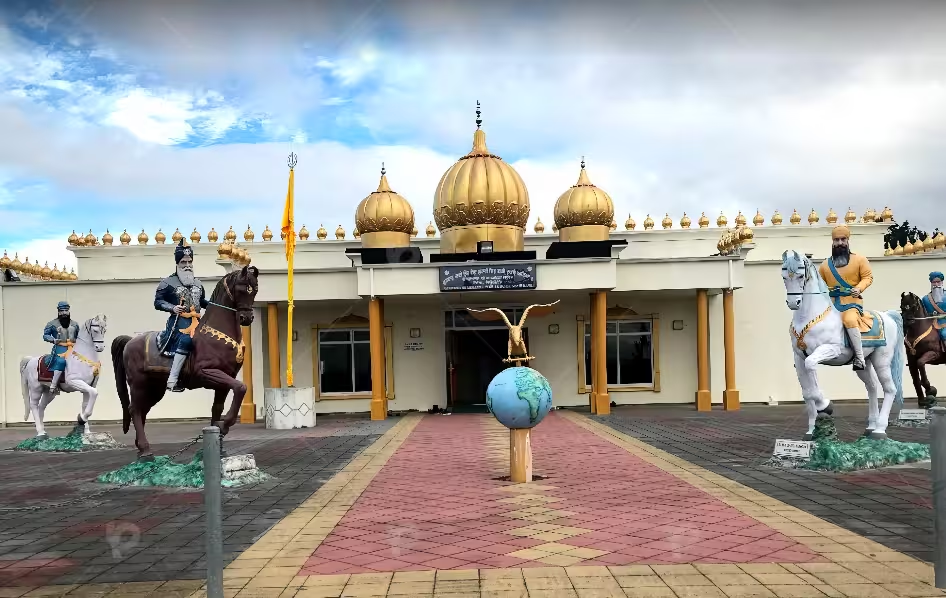 Sikhs in New Zealand
Sikhs in New Zealand
-
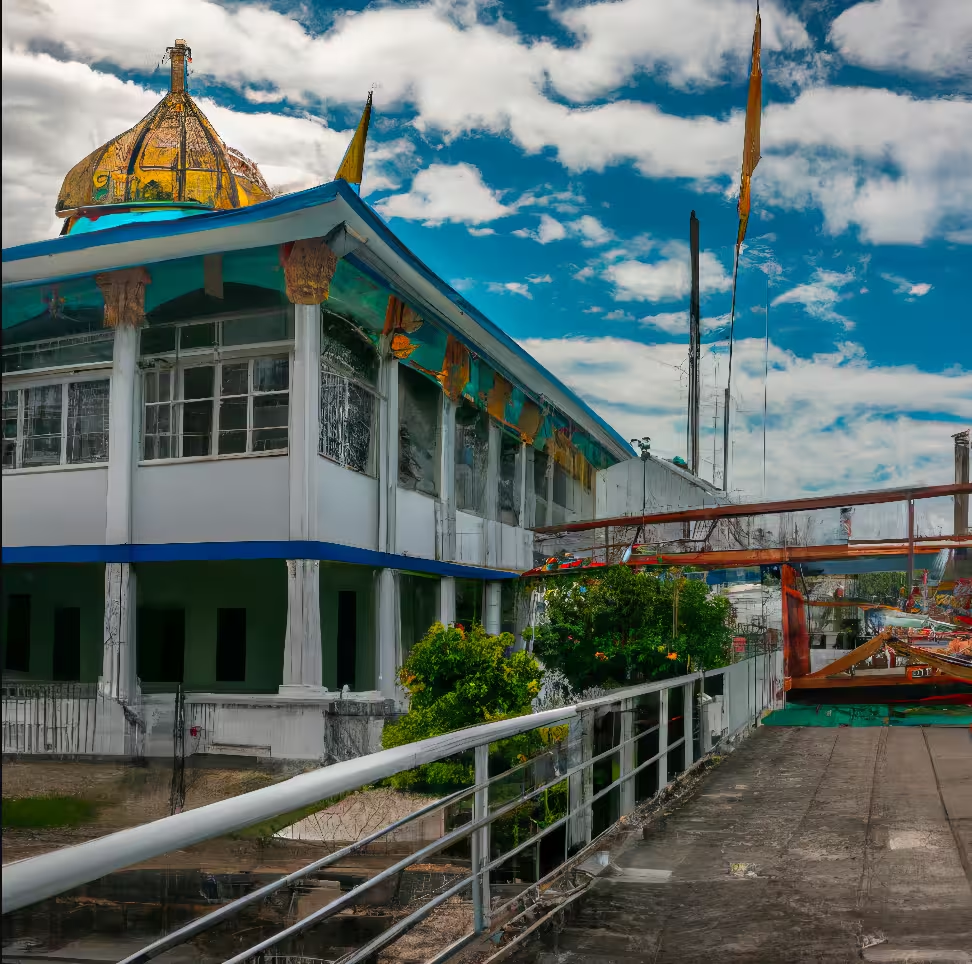 Sikhs in Guyana
Sikhs in Guyana
-
 Turbans and Tales
Turbans and Tales
-
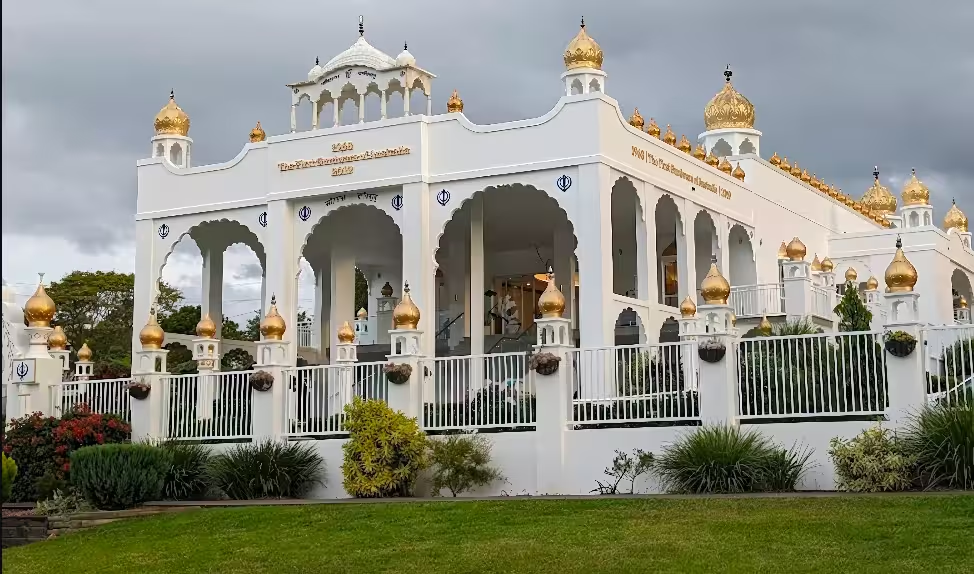 Sikhs in Australia
Sikhs in Australia
-
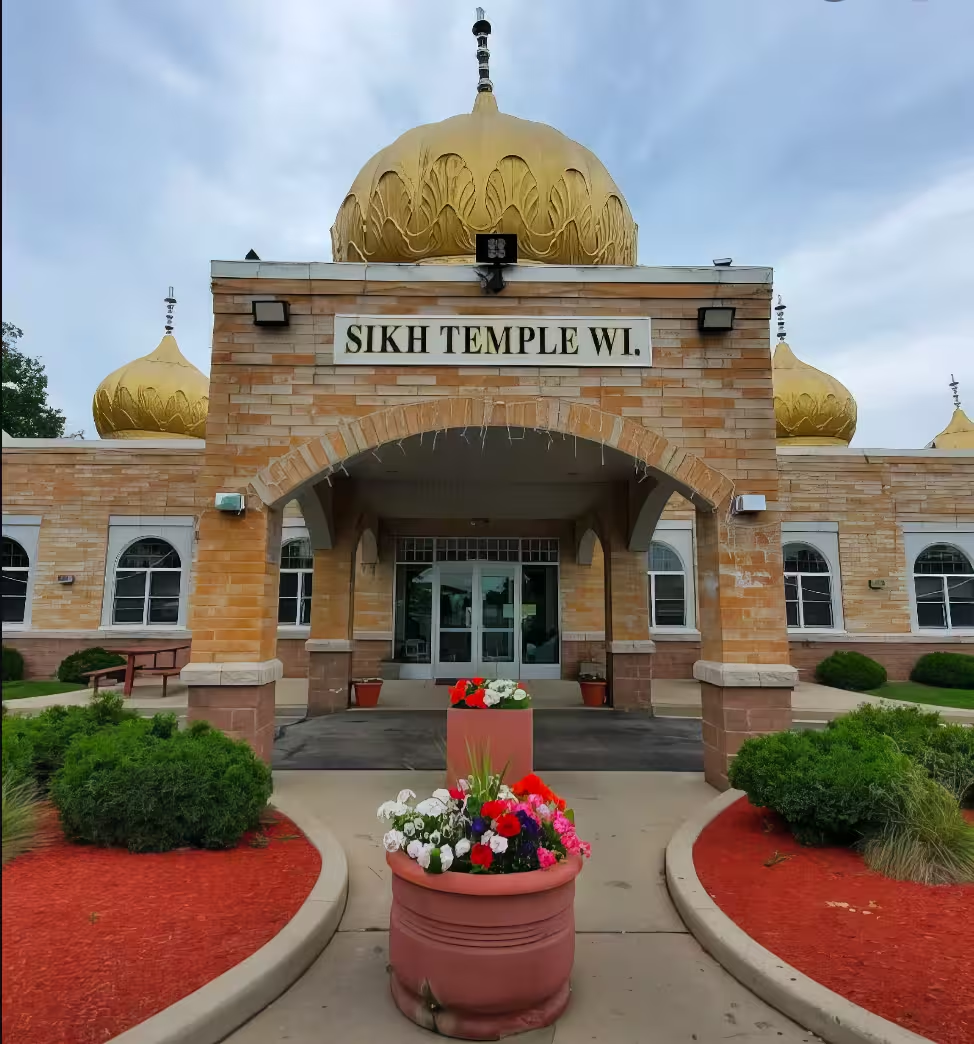 Sikhs in USA
Sikhs in USA
-
 Sikhs in Canada
Sikhs in Canada
-
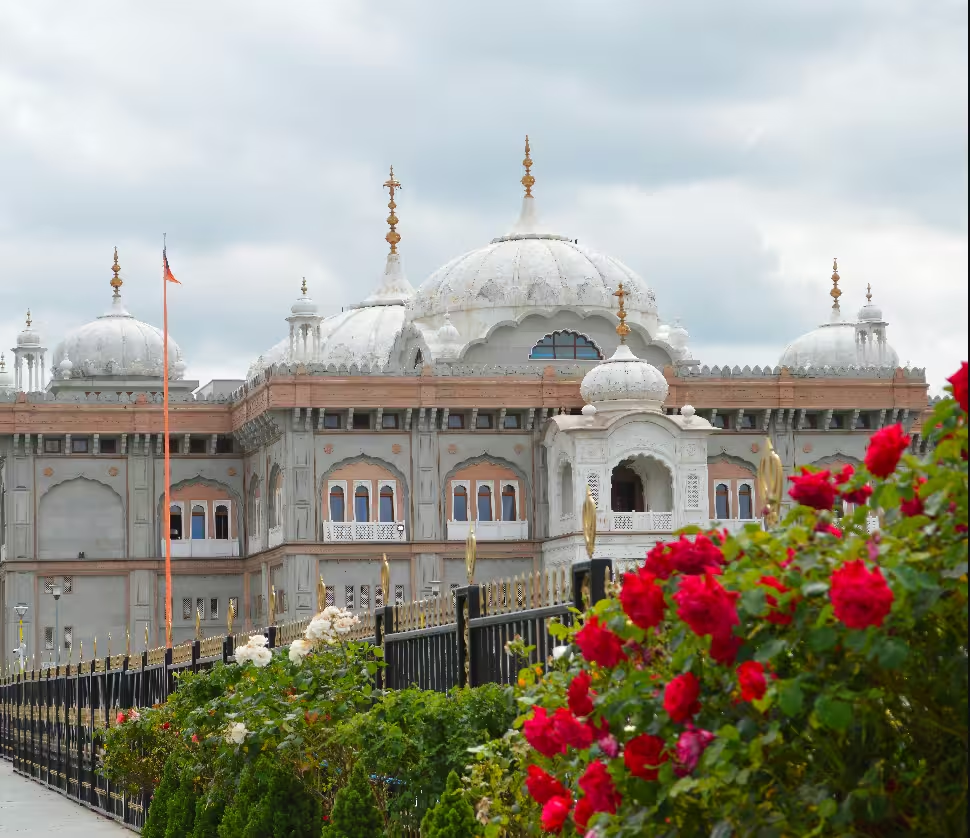 Sikhs in UK
Sikhs in UK
-
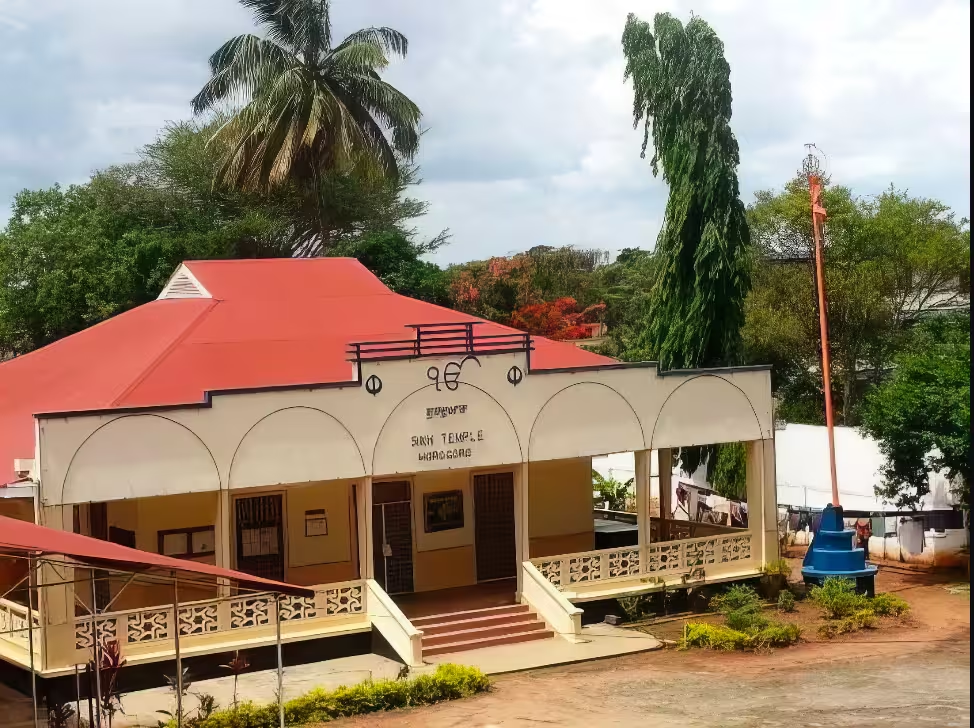 Sikhs in Tanzania
Sikhs in Tanzania
-
 Sikhs in Uganda
Sikhs in Uganda
-
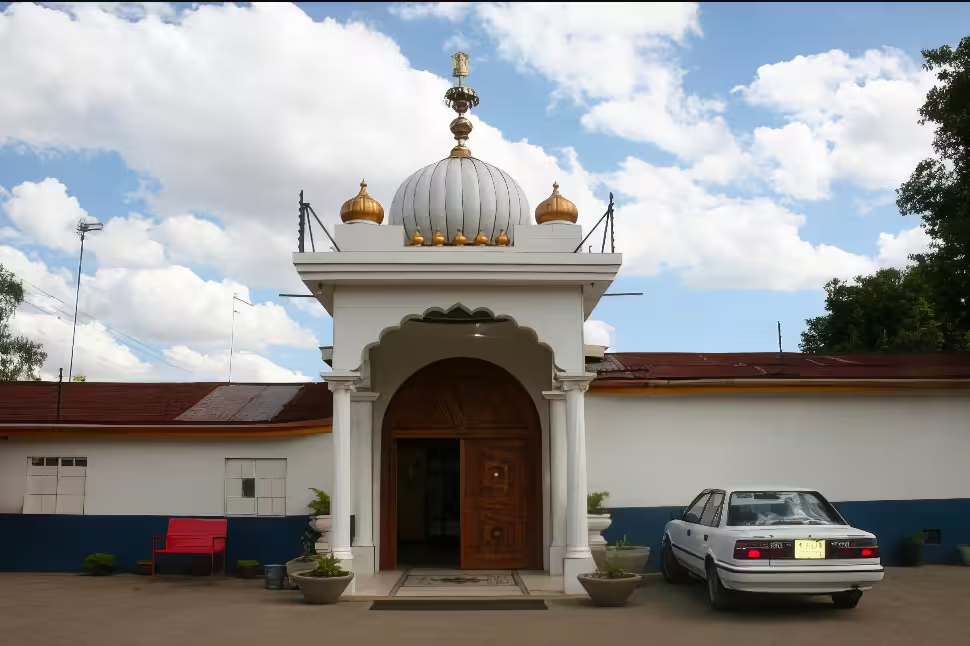 Sikhs in Kenya
Sikhs in Kenya
